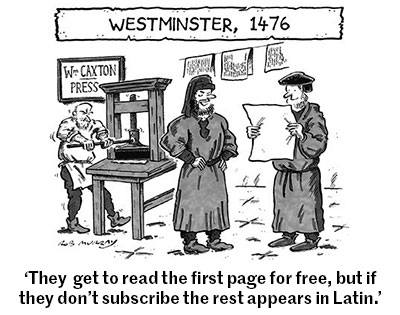The Attlee Government's Pursuit of Woman
The Attlee Government had two minds about the role of women in the aftermath of the Second World War. One, recognising that for a considerable time there would be a manpower shortage, wanted women to stay on in industry. The other, alarmed by the low birth rate, required women to put away their factory overalls and concentrate on motherhood.
The dichotomy had been evident long before VE Day. In 1943 Sir Stafford Cripps, a Labour minister in the coalition government, publicly announced that women workers would be increasingly needed in the post-war years. The following year the Ministry of Health issued a circular that anticipated the closure of day nurseries when the fighting ceased, because women who had been recruited for wartime work would be giving their undivided attention to their domestic duties.
Sir William Beveridge was among those who equated the low birth-rate with the decline of the nation. The vital role that women should undertake in peacetime was to ensure 'the adequate continuance of the British race'. The journal Planning feared that not only the quantity but the quality of the population would suffer if too many women went on working.
The dichotomy had been evident long before VE Day. In 1943 Sir Stafford Cripps, a Labour minister in the coalition government, publicly announced that women workers would be increasingly needed in the post-war years. The following year the Ministry of Health issued a circular that anticipated the closure of day nurseries when the fighting ceased, because women who had been recruited for wartime work would be giving their undivided attention to their domestic duties.
Sir William Beveridge was among those who equated the low birth-rate with the decline of the nation. The vital role that women should undertake in peacetime was to ensure 'the adequate continuance of the British race'. The journal Planning feared that not only the quantity but the quality of the population would suffer if too many women went on working.
